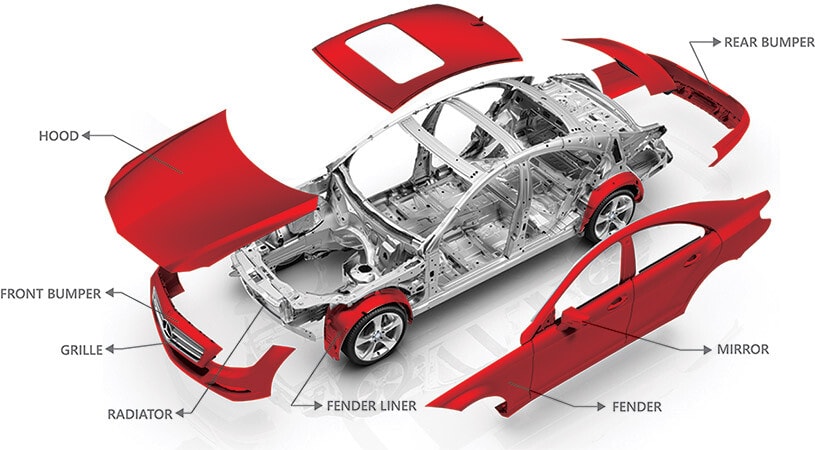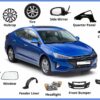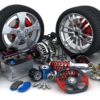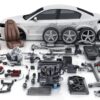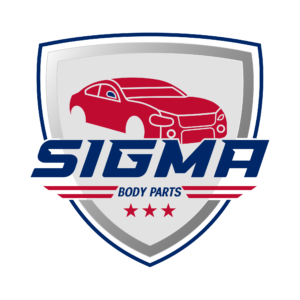Car Body Parts 101: A Beginner’s Guide to Essential Components
The automobile is a marvel of engineering, comprising various components that work in harmony to deliver a seamless driving experience. Whether you’re a car enthusiast, a budding mechanic, or simply curious, understanding the key parts of a car—especially the engine—is a great starting point. This guide will walk you through essential car body components, with a focus on the heart of every vehicle: the engine.
Engine: The Powerhouse of Your Car
At the core of every vehicle lies the engine, responsible for converting fuel into mechanical energy. Here’s a quick engine guide to familiarize yourself with its essential components:
- Cylinder Block: The foundation of the engine where combustion occurs.
- Pistons: Move up and down within the cylinders, creating the necessary force to turn the crankshaft.
- Crankshaft: Converts the piston’s linear motion into rotational energy to drive the wheels.
- Camshaft: Regulates the opening and closing of engine valves for air and fuel intake.
- Valves: Control the flow of air and fuel into the engine and allow exhaust gases to exit.
- Spark Plugs: Ignite the air-fuel mixture within the cylinder to generate power.
Car Engine Parts and Functions
Each engine component has a specific role in ensuring smooth operation. Here’s a breakdown of some critical parts of a car engine:
- Timing Belt/Chain: Synchronizes the movement of the crankshaft and camshaft.
- Oil Pump: Circulates oil to lubricate engine components, reducing wear and tear.
- Radiator: Maintains the engine’s temperature by dissipating heat from the coolant.
- Fuel Injector: Delivers the right amount of fuel to the engine for combustion.
Understanding these parts of an engine helps diagnose issues and ensures proper maintenance
Beyond the Engine: Other Essential Car Body Parts
While the engine is vital, several other components contribute to a car’s functionality and safety:
- Transmission: Transfers power from the engine to the wheels, allowing speed and torque adjustments.
- Brakes: Includes the brake pads, rotors, and calipers to slow or stop the vehicle.
- Suspension System: Absorbs shocks and provides stability during driving.
- Exhaust System: Channels harmful gases away from the engine and reduces noise.
- Electrical System: Powers essential functions like lights, entertainment, and the ignition.
Why Understanding Car Parts Matters
Knowing the basics of your car’s components can help:
- Simplify Maintenance: Identify when parts need repair or replacement.
- Improve Driving Habits: Understanding how the engine works can lead to smoother, more efficient driving.
- Enhance Safety: Recognize potential issues before they escalate into serious problems.
Engine Maintenance Tips
Maintaining your engine ensures longevity and performance:
- Regularly check oil levels and change oil as recommended.
- Replace air and fuel filters to maintain optimal performance.
- Inspect belts and hoses for wear and replace them when necessary.
- Monitor engine temperature to avoid overheating.
Conclusion:
Understanding your car body parts, especially the engine, is a valuable skill that empowers you to take better care of your vehicle. Whether it’s identifying the functions of engine components or recognizing the importance of other systems like transmission and brakes, this knowledge can save you time and money while enhancing your driving experience.
Start your journey with this beginner-friendly guide, and you’ll soon find yourself more confident about your car’s inner workings.

